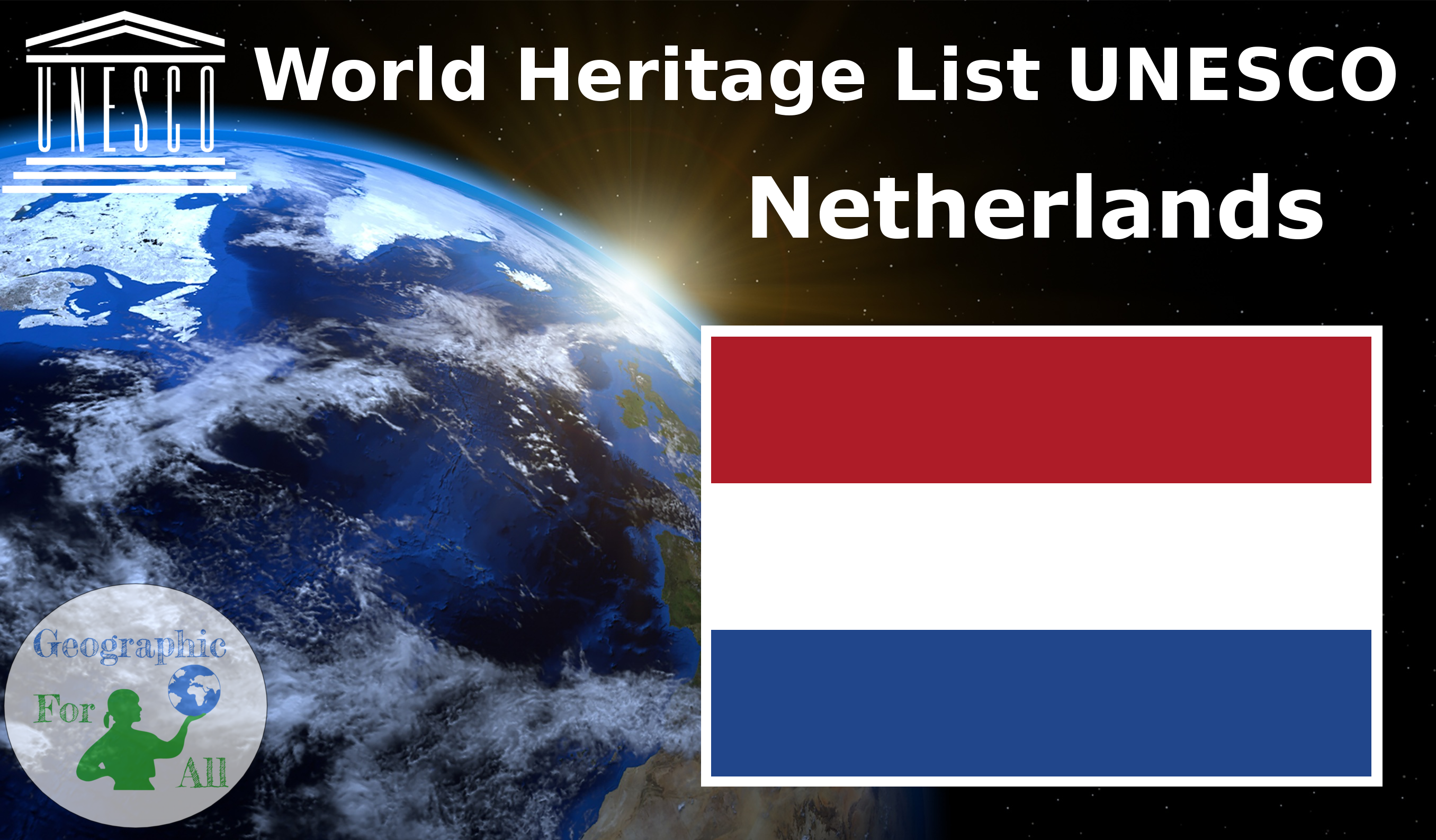Error executing „TranslateText” on „https://translate.eu-central-1.amazonaws.com”; AWS HTTP error: Client error: `POST https://translate.eu-central-1.amazonaws.com` resulted in a `429 Too Many Requests` response:
{„__type”:”ThrottlingException”,”message”:”Rate exceeded”}
ThrottlingException (client): Rate exceeded – {„__type”:”ThrottlingException”,”message”:”Rate exceeded”}
739 Schokland and Surroundings – 1995
Schokland was a peninsula that by the 15th century had become an island. Occupied and then abandoned as the sea encroached, it had to be evacuated in 1859. But following the draining of the Zuider Zee, it has, since the 1940s, formed part of the land reclaimed from the sea. Schokland has vestiges of human habitation going back to prehistoric times. It symbolizes the heroic, age-old struggle of the people of the Netherlands against the encroachment of the waters.
759 Defence Line of Amsterdam – 1996
Extending 135 km around the city of Amsterdam, this defence line (built between 1883 and 1920) is the only example of a fortification based on the principle of controlling the waters. Since the 16th century, the people of the Netherlands have used their expert knowledge of hydraulic engineering for defence purposes. The centre of the country was protected by a network of 45 armed forts, acting in concert with temporary flooding from polders and an intricate system of canals and locks.
819 Historic Area of Willemstad, Inner City and Harbour, Curaçao – 1997
The people of the Netherlands established a trading settlement at a fine natural harbour on the Caribbean island of Curaçao in 1634. The town developed continuously over the following centuries. The modern town consists of several distinct historic districts whose architecture reflects not only European urban-planning concepts but also styles from the Netherlands and from the Spanish and Portuguese colonial towns with which Willemstad engaged in trade.
Nie ma takiej reklamy 🙁
818 Mill Network at Kinderdijk-Elshout – 1997
The outstanding contribution made by the people of the Netherlands to the technology of handling water is admirably demonstrated by the installations in the Kinderdijk-Elshout area. Construction of hydraulic works for the drainage of land for agriculture and settlement began in the Middle Ages and have continued uninterruptedly to the present day. The site illustrates all the typical features associated with this technology – dykes, reservoirs, pumping stations, administrative buildings and a series of beautifully preserved windmills.
867 Ir.D.F. Woudagemaal (D.F. Wouda Steam Pumping Station) – 1998
The Wouda Pumping Station at Lemmer in the province of Friesland opened in 1920. It is the largest steam-pumping station ever built and is still in operation. It represents the high point of the contribution made by Netherlands engineers and architects in protecting their people and land against the natural forces of water.
899 Droogmakerij de Beemster (Beemster Polder) – 1999
The Beemster Polder, dating from the early 17th century, is is an exceptional example of reclaimed land in the Netherlands. It has preserved intact its well-ordered landscape of fields, roads, canals, dykes and settlements, laid out in accordance with classical and Renaissance planning principles.
965 Rietveld Schröderhuis (Rietveld Schröder House) – 2000
The Rietveld Schröder House in Utrecht was commissioned by Ms Truus Schröder-Schräder, designed by the architect Gerrit Thomas Rietveld, and built in 1924. This small family house, with its interior, the flexible spatial arrangement, and the visual and formal qualities, was a manifesto of the ideals of the De Stijl group of artists and architects in the Netherlands in the 1920s, and has since been considered one of the icons of the Modern Movement in architecture.
Nie ma takiej reklamy 🙁
1314 Wadden Sea – 2009
The is the largest unbroken system of intertidal sand and mud flats in the world. The site covers the Dutch Conservation Area, the German National Parks of Lower Saxony and Schleswig-Holstein, and most of the Danish maritime conservation area. It is a large, temperate, relatively flat coastal wetland environment, formed by the intricate interactions between physical and biologicznyczynniki, które doprowadziły do wielu siedlisk przejściowych z kanałów pływowych, piaszczyste ławice, łąki morskie trawy, małże, piaskownice, błotniki, bagna solne, ujścia rzek, plaże i wydmy. Obszar ten jest domem dla wielu gatunków roślin i zwierząt, w tym ssaków morskich, takich jak foka portowa, szara foka i morpoiza portowa. Jest to jeden z ostatnich ekosystemów międzypływowych na dużą skalę, w których procesy naturalne nadal funkcjonują w dużej mierze bez zakłóceń.
1349 Siedemnastowieczny kanał Ring Area Amsterdamu wewnątrz Singelgracht — 2010
Zabytkowy zespół miejski dzielnicy kanałowej Amsterdamu był projektem nowego „miasta portowego” zbudowanego pod koniec XVI i na początku XVII wieku. Składa się z sieci kanałów na zachód i południe od zabytkowego Starego Miasta oraz średniowiecznego portu, który otoczył stare miasto i towarzyszył mu repozycjonowanie w głąb lądu ufortyfikowanych granic miasta, Singelgracht. Był to długoterminowy program, który obejmował rozszerzenie miasta poprzez opróżnianie bagien, wykorzystanie systemu kanałów w łukach koncentrycznych i wypełnienie przestrzeni pośrednich. Przestrzenie te pozwoliły na stworzenie jednolitego zespołu miejskiego, w tym domów dwuspadowych i licznych zabytków. To rozszerzenie miejskie było największym i najbardziej jednorodnym w swoim czasie.
Nie ma takiej reklamy 🙁 Był to model wielkoskalowego planowania przestrzennego i służył jako punkt odniesienia na całym świecie aż do XIX wieku.
1441 Van Nellefabriek — 2014
został zaprojektowany i zbudowany w latach dwudziestych XX wieku na brzegu kanału w strefie przemysłowej Spaanse Polder na północny zachód od Rotterdamu. Witryna jest jedną z ikon XX wieku architektury przemysłowej, składającą się z kompleksu fabryk, z fasadami składającymi się głównie ze stali i szkła, wykorzystującymi zasadę ściany kurtynowej na dużą skalę. Został on pomyślany jako „idealna fabryka”, otwarta na świat zewnętrzny, której wewnętrzne przestrzenie robocze ewoluowały zgodnie z potrzebami i w której światło dzienne zostało użyte do zapewnienia przyjemnych warunków pracy. Uosabia nowy rodzaj fabryki, która stała się symbolem modernistycznej i funkcjonalistycznej kultury okresu międzywojennego i świadczy o długiej historii handlowej i przemysłowej Holandii w dziedzinie importu i przetwórstwa produktów spożywczych z krajów tropikalnych oraz ich przemysłowych przetwarzania do celów marketingowych w Europie.
[kkstarrating force=”false” valign=”bottom” align=”left „]

0 Comments for “Lista światowego dziedzictwa UNESCO Holandia”